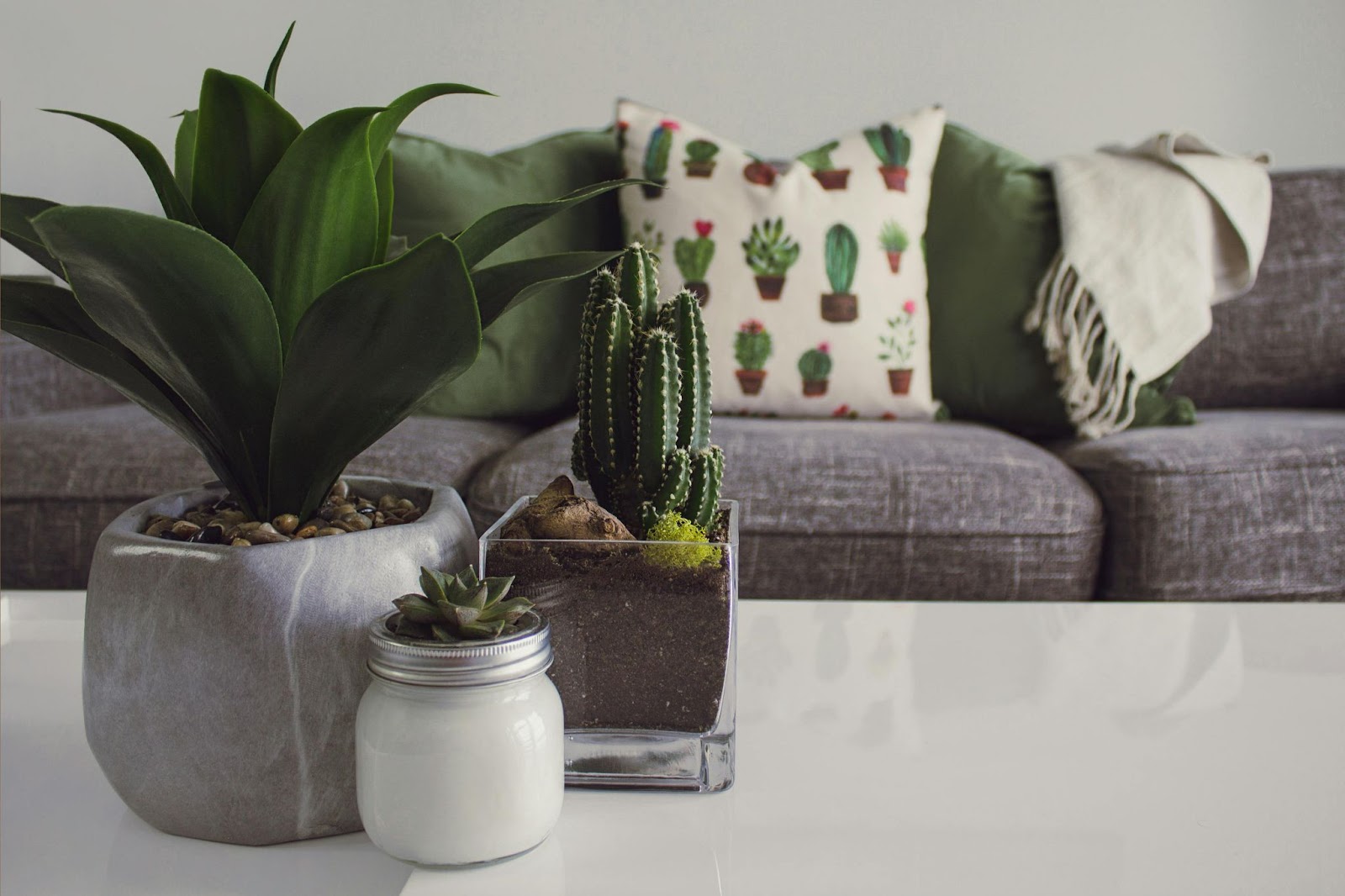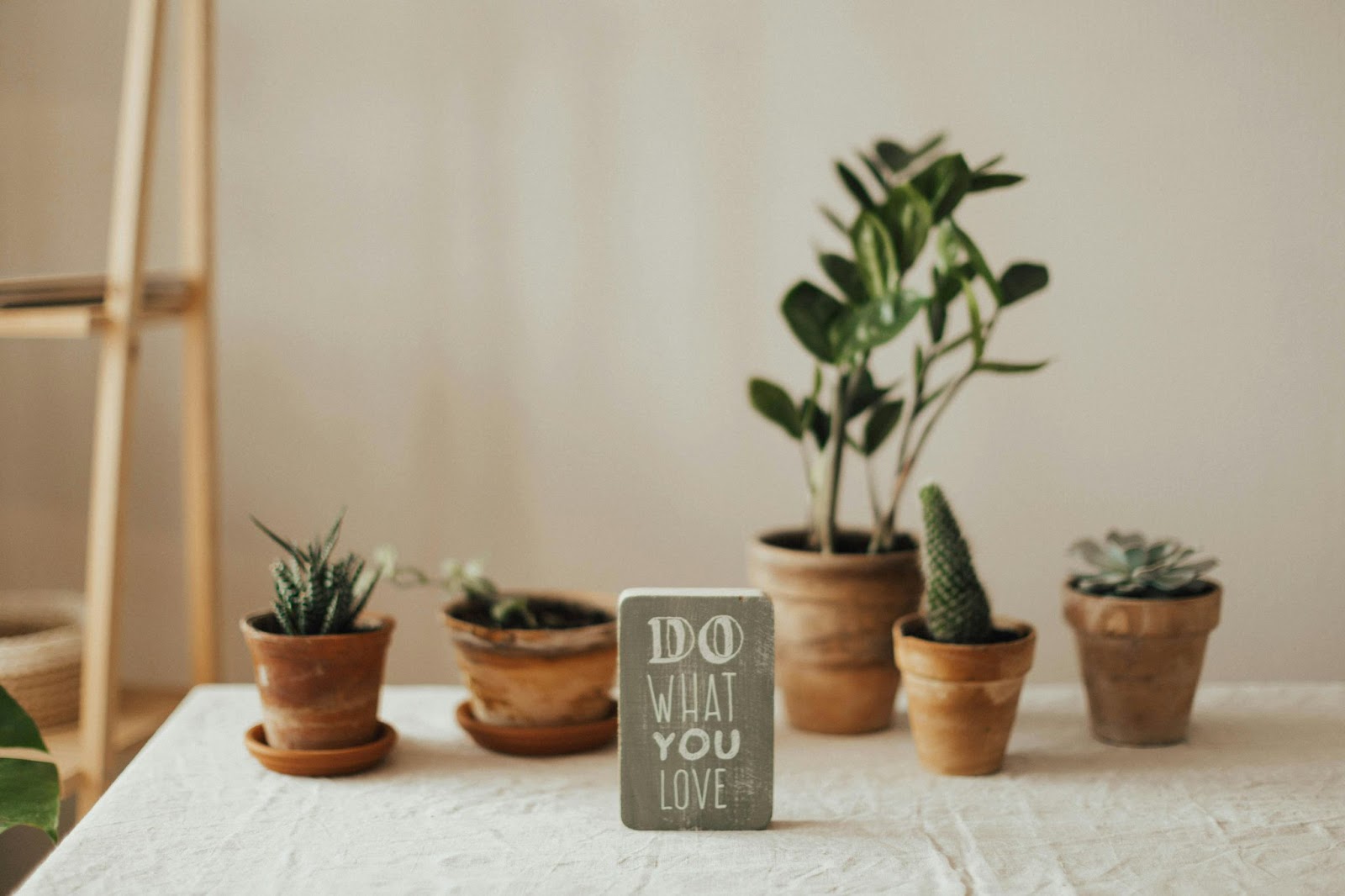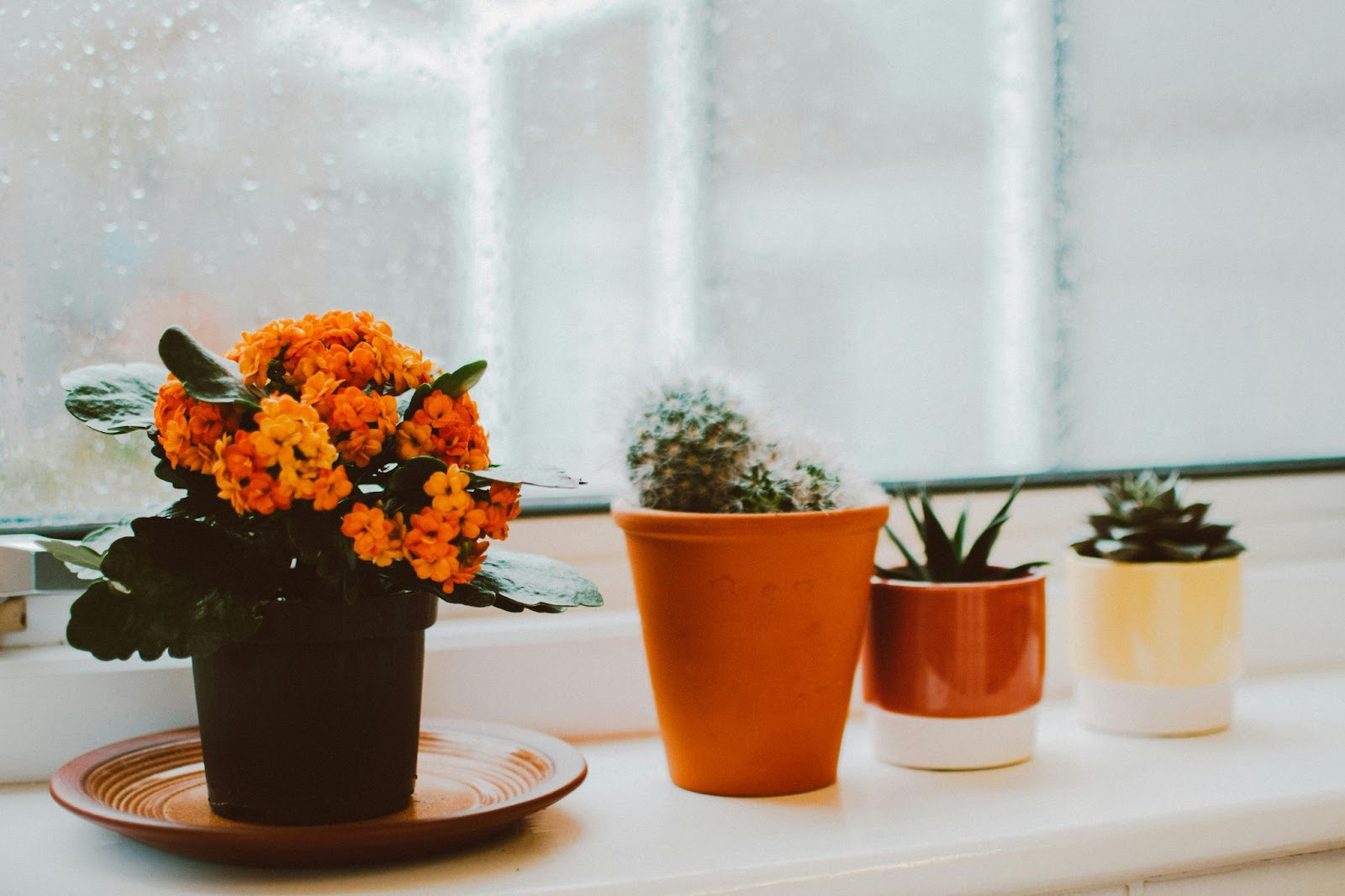
Via Pexels
The Role of Indoor Plants in Well-Being
Houseplants do more than just improve the appearance of your living space. Studies have shown that plants can have a direct impact on reducing stress and anxiety. The mere presence of greenery indoors can evoke feelings of peace and relaxation, helping you to unwind after a long day.
Plants like the peace lily and snake plant, for example, are known for their air-purifying properties. These plants help remove toxins from the air, improving the quality of your indoor environment. Clean air, combined with the visual tranquillity of plants, can create an atmosphere that fosters mindfulness and relaxation. Beyond aesthetics, the benefits to your health and mood are well worth the small effort it takes to care for indoor plants.
Easy-Care Plants for Every Home
For many, the concern with owning houseplants is the level of care they require. However, there are several plant varieties that are incredibly low-maintenance, making them perfect for individuals who may not have the greenest of thumbs.
One popular choice is the spider plant. Known for its resilience and ability to thrive in various lighting conditions, the spider plant is an excellent option for beginners. Another great option is the ZZ plant, which requires minimal watering and thrives even in low light, making it perfect for those who may not always be home to tend to their plants regularly.
If you’re looking for a plant that adds a touch of exotic flair, the monstera deliciosa is a fantastic choice. Its large, glossy leaves not only make a statement but also require relatively little maintenance, needing watering only once the top layer of soil has dried out.

Via Pexels
Designing with Indoor Plants
Incorporating houseplants into your home décor can be both fun and rewarding. Whether your style is minimalist, rustic, or contemporary, there are numerous ways to display plants to complement your interior design. Tall plants such as the fiddle-leaf fig can make a dramatic statement in living rooms, while smaller plants like succulents or pothos can be used to decorate shelves, desks, or windowsills.
Groupings of plants in different sizes and styles can also create a lush, layered look. By combining plants that vary in height and texture, you can add depth and interest to your home’s interior. Hanging plants like the trailing ivy or Boston fern are perfect for those looking to introduce greenery without taking up floor space. These plants not only add visual appeal but also help improve air circulation.
For those looking to make a bold statement, large planters filled with greenery can transform a dull corner of a room into a vibrant focal point. Meanwhile, terrariums offer a creative way to showcase small plants and add a touch of whimsy to any space.
The Healing Power of Nature Indoors
Many people underestimate the profound impact that a connection to nature can have on their mental health. Indoor plants are an easy and effective way to bring a bit of the outside world into your home, particularly for those living in urban areas where access to nature may be limited.
Plants can help foster a sense of responsibility, as caring for them becomes part of your daily routine. Watering, pruning, and tending to plants can be a mindful activity that takes you away from the constant distraction of screens and technology. This connection with nature can improve your focus, reduce feelings of anxiety, and promote an overall sense of well-being.
A great place to start exploring houseplants is through a reputable provider such as Beards & Daisies, which offers a wide variety of indoor plants to suit every style and space. Whether you’re after easy-care plants or statement pieces, finding the right greenery for your home has never been easier.
Sustainable Living Through Plants
Another wonderful aspect of indoor plants is their contribution to sustainability. Not only do they help improve air quality, but they also align with the eco-conscious movement many individuals and families are adopting. By choosing houseplants, you're contributing to a healthier living environment and promoting a more sustainable way of life.
Moreover, some plants are particularly effective at reducing household allergens and toxins. Plants such as the areca palm and bamboo palm are known to act as natural air filters, making your indoor air cleaner and fresher. This is particularly beneficial for homes in urban settings or those with limited access to fresh outdoor air.
A Step Towards Mindfulness
Indoor gardening can also play a significant role in the practice of mindfulness. Spending time caring for your plants allows you to slow down and focus on the present moment. In a world where we are often overwhelmed by our fast-paced lives, taking a few minutes each day to water, trim, and care for your plants can provide a much-needed mental break.
This mindful practice has been shown to reduce stress and increase feelings of calm and contentment. Whether you’re placing a potted fern in your home office or setting up a shelf of succulents in the living room, these small acts of care can help you stay grounded and present.

Via Pexels
Bringing the Outdoors In
Plants have a unique ability to transform a space. Whether you're living in a city flat or a spacious countryside home, incorporating greenery into your indoor environment allows you to reconnect with nature in a meaningful way.
For those looking to delve into more creative projects, vertical gardens or living walls are increasingly popular ways to incorporate plants into home design. These installations bring a touch of the outdoors inside, making your home feel vibrant and alive. You can even find inspiration for more complex indoor gardening setups on sites like CR Creative, which provides tips on how to elevate your interior design with a modern twist.
Houseplants offer an accessible and aesthetically pleasing way to create a soothing, refreshing atmosphere in your home. With so many easy-to-care-for varieties available, there’s never been a better time to embrace the beauty and benefits of indoor plants.
Conclusion
Houseplants are more than just decorations; they are living organisms that can significantly improve your quality of life. From improving air quality to reducing stress and boosting mood, the advantages of bringing nature indoors are numerous. By thoughtfully incorporating indoor plants into your home, you not only enhance your living space but also create a sanctuary where you can relax and recharge.
Now, it’s time to find the perfect plants for your home. Embrace the calming presence of greenery and start your indoor garden journey today.


